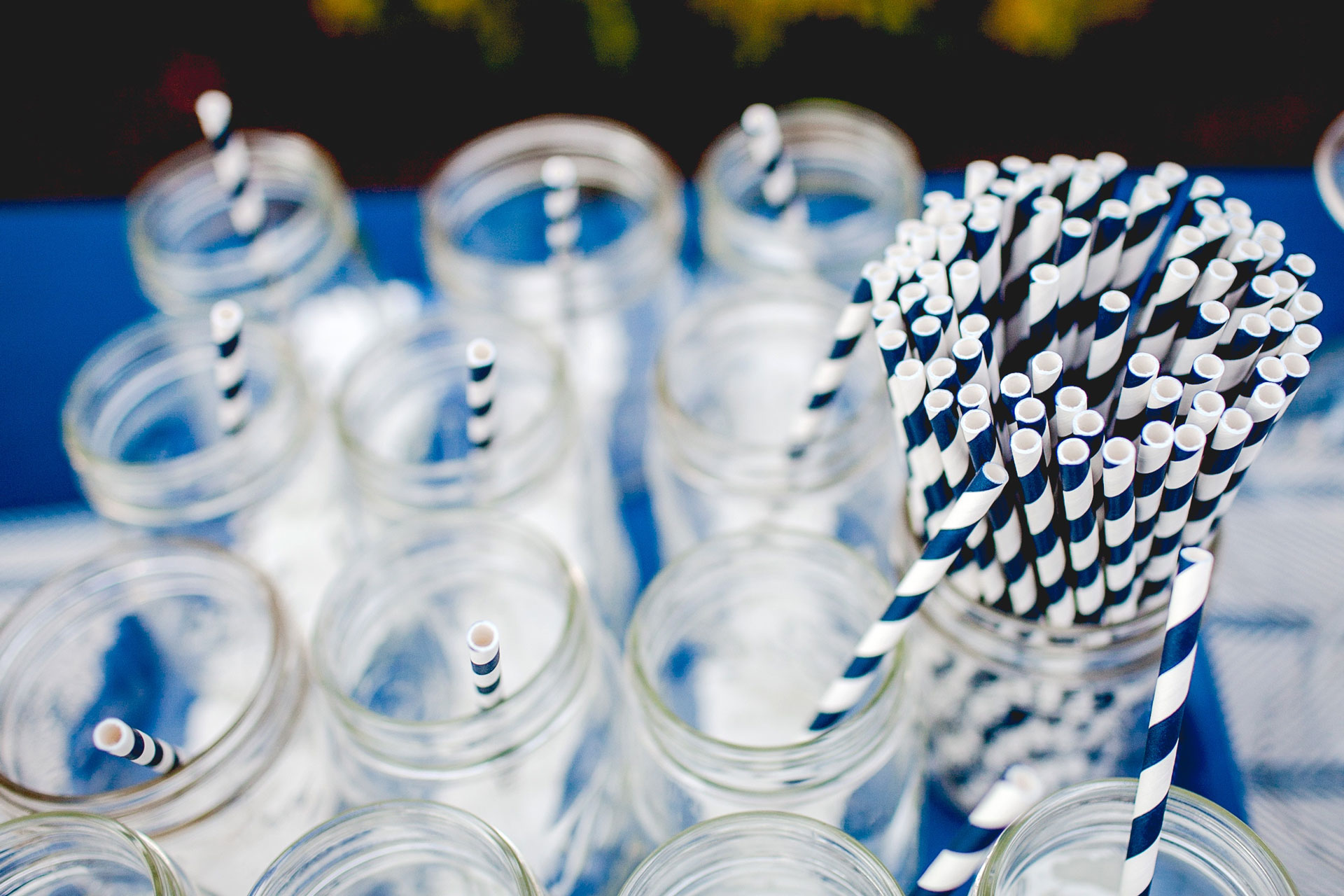Kondo Your Kitchen
I’m only human, so binging Netflix’s “Tidying Up with Marie Kondo” has left me with a laundry list of ways to declutter my life. Since nothing sparks joy in me like food, where better to start than my kitchen? Marie Kondo, the Japanese organization guru who has recently landed herself a TV series, encourages her followers to tidy up by assessing one by one if their material goods spark joy within them. Kondo’s got me fired up, ripping through my kitchen and making space in my cabinets – sustainably.
Though she starts with clothing, Kondo’s step one is yanking everything out of your cabinets and assessing the damage. With food this step can get ugly. Finding yourself lost in a sea of past sell-by dates and half-full, disposable packaging can result in some pretty punishing self-reflection. How much money did I drop on this? How did I let this perfectly edible food go to waste when so many go hungry? Luckily, we have pointers on whether those nuts are still edible and if that canned good is still safe to eat (spoiler alert: more than likely, yes).
Buy Food in Bulk
When it comes to food packaging, the best way to maintain a sustainable cabinet is to buy in the bulk section: Find a local store with bins of beans, grains, spices and nuts and bring your own containers to cut down on plastic waste. Then, rather than purchase new plastic containers, clean out jam and juice jars and give them new life. Stuff them with beans and grains, which make for beautiful, colorful displays, then label them and add a purchase date. I can almost guarantee that you’ll feel that “holding a puppy” feeling once you’ve stripped out disposable packaging and have a cabinet full of glistening storables.
Clean Out Your Fridge, Kondo-Style
Decide whether that five-year-old jam in the back could afford to spark joy in the compost (yep, jam is compostable). Find something on the verge? Soup it. Still edible, but not your cup of tea? Offer it to a neighbor, or freeze it. Actual cup of tea? Why not reuse that teabag?
For moving forward: think hard about the food you buy and cook, before it even heads to the fridge. We’ve got lots of strategies for shopping smartly, here.
Don’t Throw Away
Here’s the rub: if you pick up something and it doesn’t spark joy, don’t throw it out! Consumer goods are very, very resource intensive; that kitchen gadget took coal, oil, and water to build, and yet more packing and gas to distribute. Donate it, recycle it, repurpose it. Throwing something out merely to discover you need it after all and then replacing it with something newer and shinier is not sustainable. Minimalism is fantastic, and should be something we all strive for as we move forward, but all that joyless stuff can’t be sent to landfill for the purpose of our mental clarity.
Don’t get me wrong, I love Marie Kondo and wish she was in my living room — or kitchen —shoelessly reminding me to give gratitude for the objects and spaces in our life. Tidying does have a calming effect for many, and by all means find your life-changing magic. But, the same amount of thought that goes into being thankful for the objects that make us happy, should be spent reflecting on our modern, consumerist lifestyle and our relationship to waste.
More Reading
How to host a sustainable dinner party
December 16, 2025
Tradwives, MAHA Moms and the impacts of "radical homemaking"
December 10, 2025
The FoodPrint guide to beans: Everything you need to know to buy, cook, eat and enjoy them
November 18, 2025
Your guide to buying and preparing a heritage turkey or pastured turkey this Thanksgiving
November 18, 2025
How Miyoko Schinner upped the game for vegan dairy
November 7, 2025
30+ things to do with a can of beans
November 4, 2025
In a beefy moment, beans?
November 4, 2025
Waste not, want not with “Ferment,” a new cookbook by Kenji Morimoto
October 1, 2025
For these cocoa farmers, sustainability and the price of beans are linked
September 17, 2025
You haven’t had wasabi until you’ve had it fresh — and local
September 11, 2025

